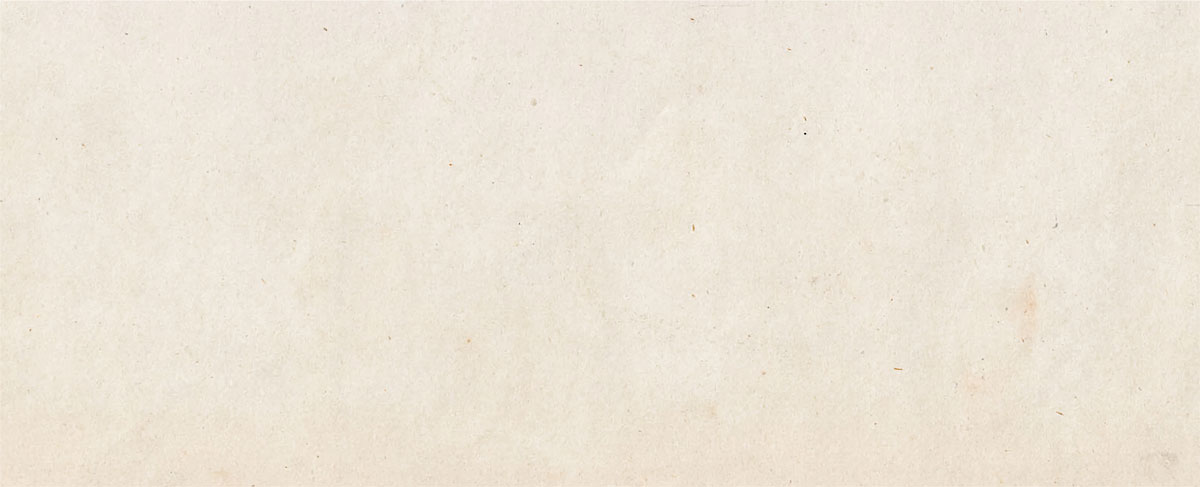Production of Champagne and Sparkling Wines
05.19.10
 The name originates from the Latin ‘campus’, ‘campania’, or field. This is known today as Champagne.
The name originates from the Latin ‘campus’, ‘campania’, or field. This is known today as Champagne.
In 92 A.D., Emperor Domitian ruled that all of the vineyards of France were to be uprooted to prevent competition with the wines of Italian peninsula. For two-hundred years, the vines were grown secretly, until Emperor Probus reinstated the ruling and ordered the vines to be replanted.
Champagne normally takes 2-5 years to complete, depending on house style. Sparkling wine quality is judged by the size of the bubbles (smaller is better) persistence (long lasting is better), mouth fill (how well integrated into the wine in relative smoothness or coarseness of their texture).
• It is a sparkling wine produced by inducing the in-bottle secondary fermentation of wine to effect  carbonation, methode’ champenoise.
carbonation, methode’ champenoise.
• Produced exclusively within the Champagne region of France, from which it gets its name.
• In Europe, this principle is enshrined in the European Union by Protected Designation of Origin (PDO) status.
• Other countries, such as the U.S., have recognized the exclusive nature of this name and require producers to call it sparkling wine.
Champagne/Sparkling Styles :
Sweetness-
 The amount of sugar (dosage) added after the second fermentation and aging varies and will dictate the sweetness level of the Champagne.
The amount of sugar (dosage) added after the second fermentation and aging varies and will dictate the sweetness level of the Champagne.
Brut Natural or Brut Zero (less than 3 grams of sugar per liter) is the most common, although throughout the 19th century and into the early 20th century, Champagne was generally much sweeter than what we see today.
Messina Hof produces three types of Sparkling Wine:
Private Reserve Brut
Almond Sparkling Wine
Raspberry Sparkling Wine

